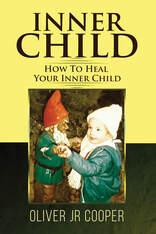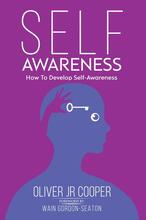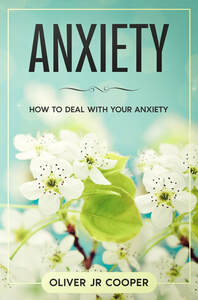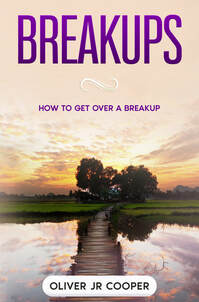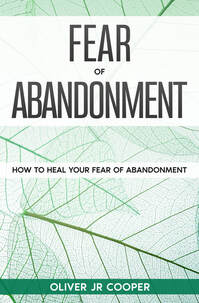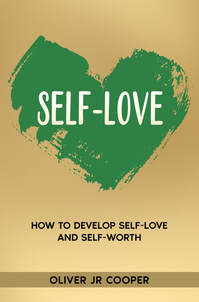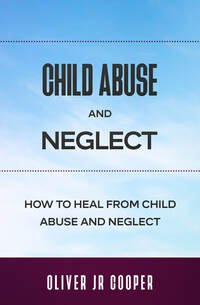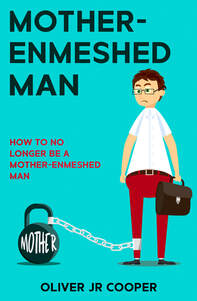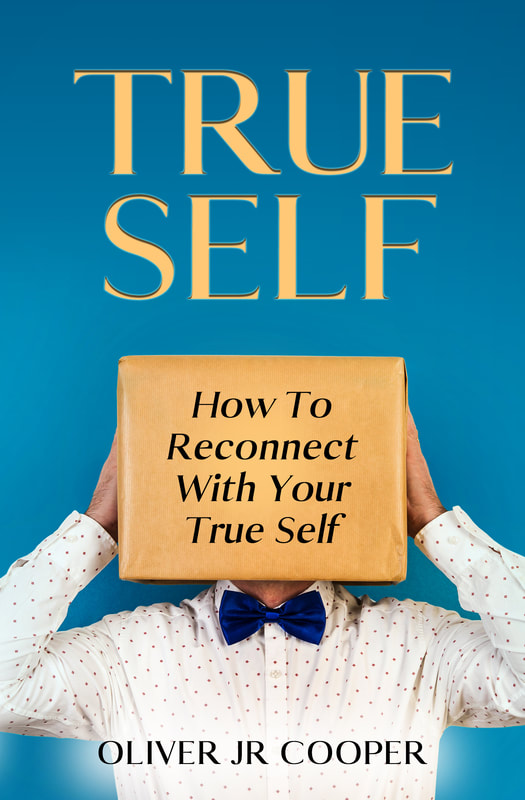|
At times, one is going to feel the need to help another; either through someone asking for help or as a result of one offering their hand without being asked. And as human beings need help from time to time, it is good thing that there are people like this in the world. To help another person as a one off or to help someone on the odd occasion is likely to make a positive difference in another person’s life. However, if one is constantly ‘helping’ the same person, it could be doing more harm than good. And this is because helping can soon turn into rescuing, and instead of giving another the support they need to move or to progress in life, one is keeping the other person in the same position. One is then an enabler and not longer a positive influence in another person’s life. In The Beginning When one comes across someone who needs help, it might be something that they do on the odd occasion. Here, one is used to helping others and is only too happy to do it, but this might be as far as it goes. They don’t have a history of rescuing others; they only have a history of helping others when they need it. So if one ends up in a situation where they are rescuing another, it will be a new experience for them A Pattern But for others, this will be something that is a way of life. Helping others is then just the beginning and before long, they will be doing a lot more than just helping them. The other person is then just someone else for them to rescue. This could relate to the kind of friends that one has, to what they are like with their family and to ones intimate relationships. And while other people might notice what is taking place, there is the chance that the rescuer is completely unaware of what is taking place. Stuck If they are unaware of what their behaviour is doing, they are not going to realise how harmful their behaviour is. Their behaviour could be causing another person to remain where they are or for their life to get worse. In the beginning this could relate to someone who feels disempowered or overwhelmed in some way, and through the actions of the rescuer, they begin to feel even more disempowered and overwhelmed. Dependent This then sets them up to depend on this persons help. The rescuer has then not helped the other person; they have simply prolonged their struggle. And if the rescuer pulls away, they are going to be in the same position they were in before or it could be even worse. It would be easy to come to the conclusion that the rescuer is completely different to the person they are trying to rescue. If one was to look at how they behave, this would be accurate. One person comes across as strong and powerful and the other person comes across as weak and powerless. Superiority The rescuer can come across as being superior and as possessing something that the other person doesn’t. And if they are spending their time around people who are struggling in some way, then it will allow them to feel as though they are stronger or more capable than others. But appearances are often deceiving and so this is far from the truth. In reality, the person one is rescuing is mirroring back something that one has denied within themselves. And as they are out of touch with that they need to heal within themselves, they end up attracting people who express what they hide. Ultimately, these are two sides of the same coin. The Difference Whereas the rescuer only feels safe when they are rescuing others, the person who is always being rescued only feels safe when they are being rescued. If they were to switch roles, they wouldn’t feel safe. There is the chance that they will switch roles from time to time, but these roles are likely to be the ones that feel the most comfortable to them. Integration So for the person who always tries to rescue others, it will be important for them to let go of the emotions that cause them to feel weak and vulnerable and to no longer project this side of them onto others. And for the person who is always being rescued, it will be important for them to let go of what stops them from embracing their strength and to no longer project it onto others. The rescuer is probably going to believe that they will only be accepted if they come across as strong and needless. And the other person is probably going to believe that they will only be accepted if they come across as weak and needy. Childhood One may have formed these beliefs during their childhood; with them only being accepted when they acted in a certain way. And while years have passed, they still have the same beliefs. And how they felt all those years ago may have remained trapped in their body. Awareness What one is not willing to face within themselves is what they will end up seeing in other people. And this will relate to what is ‘good’ and to what is ‘bad’. One way to know what one has denied within is to observe what one feels drawn to and what they feel repelled by. The assistance of a therapist or a healer may be needed to deal with these conflicting parts.
0 Comments
Your comment will be posted after it is approved.
Leave a Reply. |
Oliver JR CooperAuthor of 27 books, Transformational Writer, Teacher & Consultant. Introductory Consultation
To book your 15-Minute Introductory Consultation, click here.
Disclaimer
That which is contained within these articles is based on my own empirical understanding and is true for me at the time they were written. However, as I continue to grow, what I perceive as the truth will inevitably change and as a result of this - parts of these articles may not reflect my current outlook.
My Books...
|

